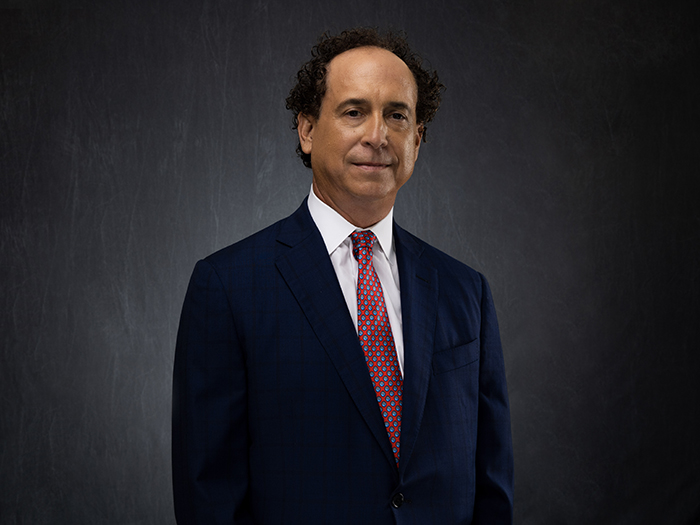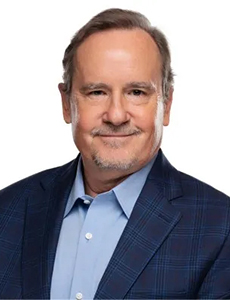Catastrophic Injury Care Is More than Clinical. Workers’ Comp Must Understand the Value of Compassion

A catastrophic injury can take place in any workplace. Just imagine an employee slipping on a wet floor or tripping over a cord and hitting their head or breaking their hip, and it’s easy to see why all businesses need to be prepared for worst-case injury scenarios.
While catastrophic injuries are a small percentage of overall claims, they demand the attention of employers, medical professionals, insurers, case managers, workers’ compensation representatives and others to ensure that an injured employee’s case is managed with care and compassion.
These cases also need to be handled correctly on behalf of employers who could suffer financially if they are not.
So, what are the best practices for doing right by employee and employer?
First, experts say it is important to understand what a catastrophic injury is: “Catastrophic injuries are most often defined as those that are life altering, often impacting one’s ability, on a short- or long-term basis, to perform activities of daily living as they have in the past,” said Ray DiCello, senior vice president and chief claims officer for PMA Companies.
“These injuries can be purely physical injuries or cognitive injuries often resulting from traumatic brain injury. They can not only impact the injured worker but often their immediate family members as well, as the family works to find a new normal.”
Robert Biltz, vice president of claims at AmTrust Financial, added that catastrophic injuries also carry with them the risk of hospitalization, rehab, and/or a complicated and extensive recovery. Typical catastrophic injuries include severe brain injuries, spinal cord injuries, injuries resulting from violent crimes, crush injuries, amputations, internal injuries and severe eye injuries.
Achieving the Best Outcomes for Catastrophic Claims
While a catastrophic injury can be devastating on many levels, it does not necessarily preclude a worker from eventually returning to work.
“Many of the injured workers that sustain a catastrophic injury, eventually have some ability to return to work,” Biltz said. “They might not be able to return to the same type of job or the same employer, but we work with them to get them back into the workforce where possible. We also see some injured workers who have had fantastic recoveries and are able to return to full duty or pursue any employment they wish.”
Robert Hall, corporate medical director at diversified health services company, Optum Workers’ Comp and Auto No-fault, said there are a few steps to follow to provide superior patient care and minimize an employer’s costs.
The first, similar to the oath physicians take to do no harm, is to focus on preventing a patient’s health from getting worse, which will certainly add to costs.
“When caring for anything from a sprained ankle to a spinal cord injury, the first thing we do is prevent complications and hospital re-admissions and all those things,” Hall said. “And after that, we work to improve a person’s function that will help them get their quality of life back. This will help lower their dependence on home health and will help lower the cost of home health care.”
Of course, the scene of an accident or traumatic injury can be chaotic. Getting a person the emergency care they need as quickly as possible is crucial.
“Medically, it’s necessary to get the patient safe and to a place where they can have their condition addressed immediately and save their life, if their life is in jeopardy,” Hall said.
Communication Is Key
Once that occurs, communication between all parties involved in providing care or monitoring the patient’s progress, especially as they transition through levels of care, is paramount.
“It is always about communication, from the very first day all the way through recovery,” Hall said. “That means communication between any stakeholder that is involved in the case, whether that is their medical team, their nurse case manager, their payer’s claims professionals, their benefits managers such as their pharmacy or ancillary benefit providers, and their family members or caregivers.”
A patient who starts in the emergency room may then be moved to a medical floor, and the ER doctor and the medical care doctor need to communicate about the patient’s injuries, the medications they require and other special circumstances.
The same high level of coordination and communication is needed as a patient moves to rehab or home.
“For example, if they were to transition that patient with an inaccurate list of medications and the drug doses they need, it could put that patient at risk of receiving a medication they are allergic to or of receiving a higher dose than they need,” Hall said.
Whether they are called roundtable discussions, conferences or team meetings, Hall said the best way to communicate is by bringing together everyone involved in a patient’s care.
“Everybody talks about the same patient,” he said. “That way, if there is a question, misunderstanding, or lack of knowledge about the patient’s treatment plan, it gets resolved there.”
DiCello agreed a multi-disciplinary approach is necessary: “Having an integrated process across disciplines means we partner together for the most successful outcomes,” DiCello said. “We focus on what is medically the best option for the injured employee and what is going to produce the best overall results. To help drive positive results we have a shared accountability with all partners and our managed care and claims colleagues work together to deliver the highest level of service and outcomes.”
Biltz said his company moves quickly to address a patient’s needs.
“We have escalation criteria that give our major loss team notice of a new injury as soon as it is reported,” he said. “The team then immediately sets up a roundtable discussion with anyone we feel is needed.”
That team may include AmTrust’s managed care team, claims team, subrogation team, legal team, special investigation unit, and loss control team.
The roundtable discusses:
- What happened?
- What’s our strategy?
- Who should be on-site?
- How do we get in contact with who we need?
- How do we best meet the needs of the injured employee?
- What investigation is needed?
- Where are they getting medical care and is it the right place for the type of injury?
Biltz said they also try to get onsite to meet with the insured, the family and the injured worker.
“This gives them the opportunity to educate them on how the system works, explain its benefits, and answer any questions,” he said. “We want to build a relationship of trust and ensure them that we want to do whatever possible to assist with the recovery of the injured worker.”
A Multidisciplinary Approach
Ongoing monitoring of a patient’s progress can provide an alert when care is excessive.
“There are certain utilization patterns that you see that are outside the norm and those are a trigger to look more closely at what the needs of an individual are,” Hall said. “If someone is receiving 24-hour home health care we would look closer at what that injury is and we would ask ‘What is the medical basis for this?’ ”
Hall said his company would look at the claim, the diagnosis of the injured person, the notes of the treatment provider and whether the level of care is consistent with the type of injury and a patient’s current level of function.
“Usually it is very clear if the level of care they are getting is excessive,” Hall said. “If that is the case, we work with the [team] to better understand why they feel the level is appropriate — just to make sure we haven’t misunderstood or overlooked something.”
It’s important not to neglect a patient’s mental health either.
“A lot of times when there are so many [different] levels of complexity and different types of injuries, it is almost like there can be an over focus on their specific [physical] injury, because they are there, they are documented,” Hall said. “Mental health can get overlooked.”
“It might not be just the injured worker who needs care following a catastrophic accident,” Biltz added. “A catastrophic injury has a ripple effect on the injured worker’s family, coworkers and others who are close to these individuals.” &












